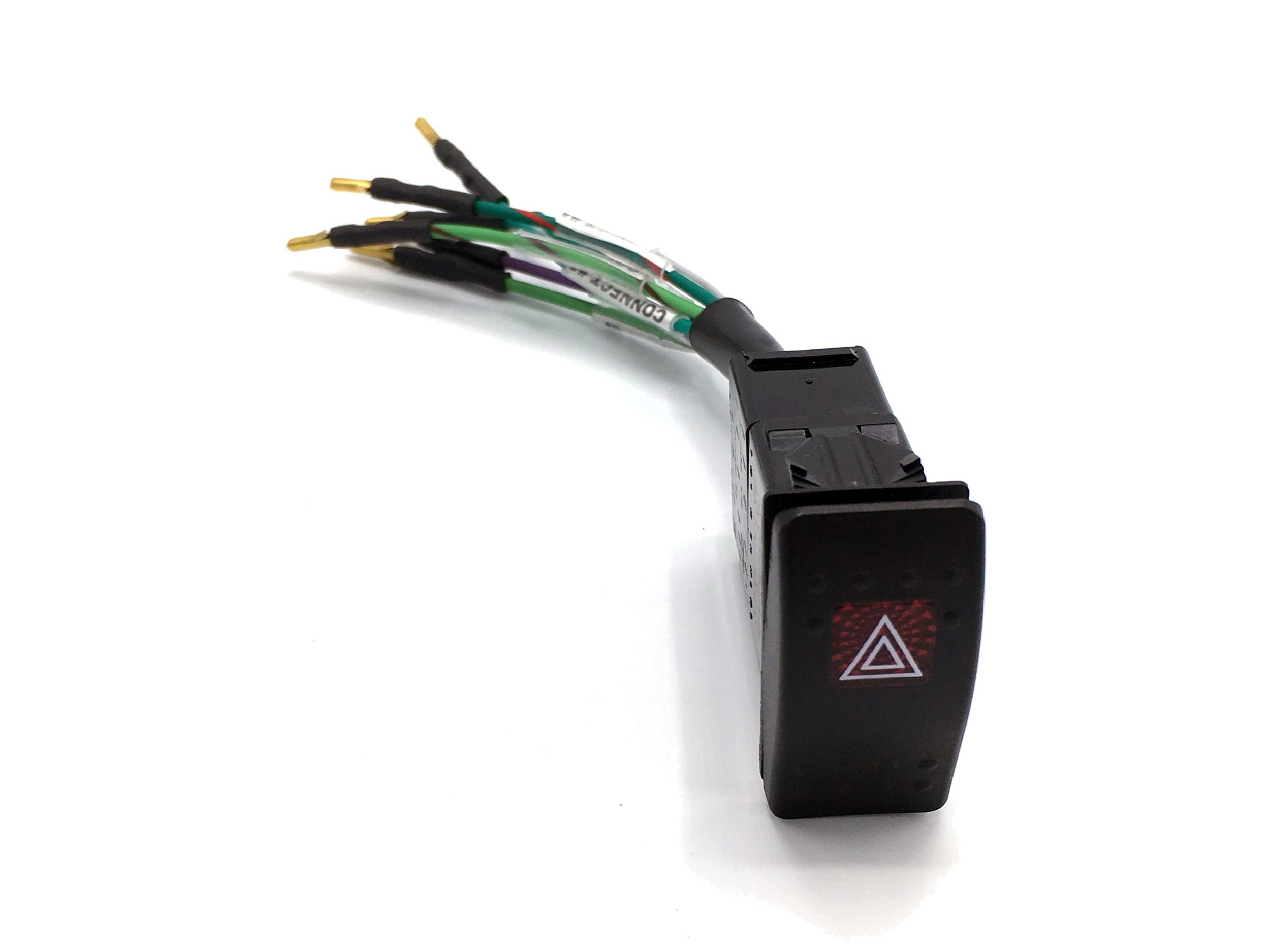No, you don’t need to remove the wheel for headlight switch. Dip beam, yes, head light, no. Steering wheel should never be too hard to remove, get a puller. I say this because there are a million repairs easier with it removed, so get used to it to make life easier. The headlight switch, however, is not one. Take off the upper and lower plastic cowl. The switch has a nut on it— loosen this and slide the headlight out of the metal slot. It is not in a hole— it’s in a slot. Replace.
could be this, could be a wire with cracked sheath getting grounded, could be hazard switch, there are a lot of things. Probably not the headlight switch though. I’d start by looking at the brake switch behind the brake booster if brake lights don’t work at all…. But understand the wiring diagram and how to deduce. Some switches work by grounding a circuit, some by allowing 12v to pass…
Thanks. I was hoping that would be the case. I agree the wheel should NOT be difficult to remove. I have a puller. I've used that puller to strip the threads in the wheel, twice. One of the threads has a nice helicoil in it, the other is awaiting its helicoil. I also have a better penetrating oil I haven't tried yet. I've also managed to "goober up" the top of the steering shaft where the puller dug in and wandered while the threads were stripping. After I've helicoiled both threads, if that doesn't work, I'm going to get a new wheel and cut this one off. But I'm putting that off for as long as possible! I'm not sure why it's on the way it is. One of the last things they did before I bought the car was replace the turn signal/horn/dip switch, because the horn was inoperable and it needed to pass MOT. I'm seriously wondering if they decided to use a thread locker when they put it back together, but yes, I've tried heat. Probably didn't get it hot enough, but when the rubber on the wheel started melting, I stopped applying heat.
I was thinking it might be the brake switch. not sure about the hazard switch, because the hazards work fine. Aren't they on a separate circuit? Amber lights instead of the red brake/running?
Wiring diagram, yes, starting my search for one. I'll check the diagram, but I thought the front and rear running lights were on the same circuit/fuse, and the fronts work. I did pull one fuse to check, it was good, and the front left went off/on when I pulled/replaced. I will admit to both being rather inept when it comes to reading diagrams (yes, I can see what is on the circuit, but where the hell is that on the vehicle?) and I absolutely hate that the fuse panel uses symbols instead of words to describe which fuse covers which circuit. Yeah, I get that the symbols can be "universal language", but there are reasons why letters beat out hieroglyphics as a way to communicate!
Plan on spending most of the day today working it. Snow is expected this weekend, so I will need the vehicle on the road.
Oh, and for the record... just because I'm impressed a bit by the reliability factor: This is the only problem I've had since August. Why is that a big deal? Well, in August, we left Stuttgart, Germany and drove to Dunkirk. Got on the Dunkirk Ferry and got off in Dover. Drove to Thurso, then got on the ferry to Orkney. Drove around Orkney. Got on the ferry to Lerwick. Drove around Shetland. Back on the ferry, drove to Southampton. On a ship to Baltimore. Then Baltimore to Buffalo. Thought I'd be heading west, but no, Downeast in Maine. Then back to Buffalo. Then got on I-90 and all the way to the panhandle of Idaho. Only failure is the taillights. I wanted to stay on non-highway roads, but winter was too close, and I wanted to be on a road where help could be available if needed. It was a long, slow drive down the interstate... but here we are.
